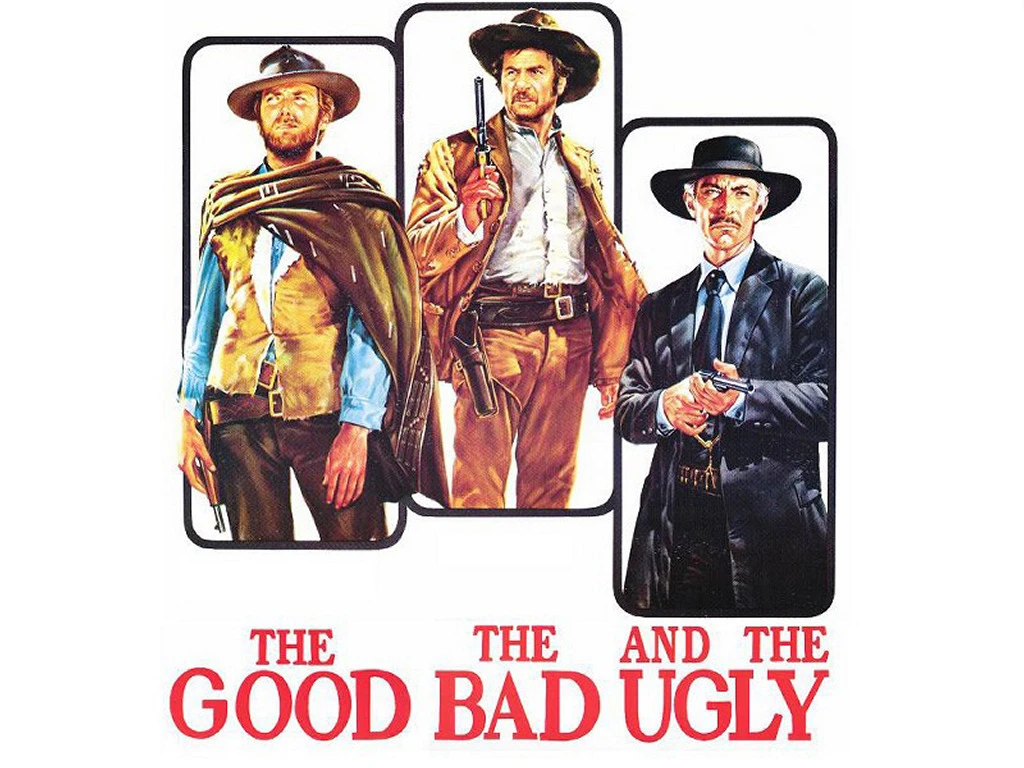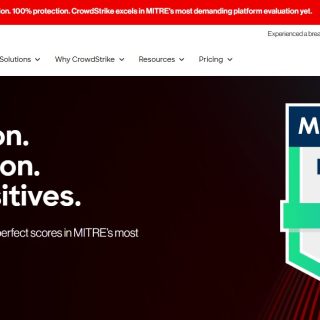
In cybersecurity today, uni-detection tools—those that only detect bad files—leave a dangerous blind spot. This blind spot is where unknown files and any files that aren’t detected as malicious hide, waiting for an opportunity to cause harm. Relying solely on detecting bad files creates a false sense of security because the assumption is that if a file hasn’t been flagged as bad, it must be safe. However, this approach overlooks the most dangerous files of all—the unknowns. These undetected files often bypass defenses entirely, and it’s within this blind spot that the most severe breaches occur.
The Blind Spot: Where Cybersecurity Falls Short
In the uni-detection model, the security system focuses entirely on identifying malicious files using known signatures, behaviors, and models. This works well for known threats, but it leaves a significant blind spot for anything that doesn’t fit neatly into the “bad” category. These are files that the system can’t classify as good or bad with certainty—the unknown files.
The blind spot exists because uni-detection assumes that if a file hasn’t been flagged as bad, it is inherently safe. This is a dangerous assumption, and here’s why:
1. Unknown files are not evaluated properly: The uni-detection model gives unknown files the benefit of the doubt, often allowing them to execute without restrictions simply because they haven’t been labeled as malicious.
2. New malware thrives in the blind spot: Attackers craft malware specifically to evade detection tools. These new or evolving threats slip through the blind spot undetected, where they can quietly execute harmful actions without raising any alarms.
3. Undetected doesn’t mean safe: Just because a file hasn’t triggered any detection tools doesn’t mean it’s safe. In fact, undetected files are often the most dangerous because they are allowed to operate freely without scrutiny.
This blind spot creates the perfect environment for zero-day attacks, advanced persistent threats (APTs), and other evolving malware that exploit this lack of oversight. The cybersecurity problem isn’t just about catching known threats—it’s about what happens in this blind spot, where undetected threats have free rein.
Why Uni-Detection is Fundamentally Flawed
The flaw of the uni-detection model is that it relies on assumptions. When a file isn’t flagged as bad, the system assumes it’s safe. But in reality, most breaches stem from these very assumed-safe files. This creates a significant vulnerability because:
– Detection isn’t perfect: Even the most advanced detection tools can miss threats, especially if the threat is new or uses evasion techniques.
– Unknown files are left unchecked: Files that don’t match known malicious signatures or behaviors are allowed to run, essentially blindfolding your defense systems.
– The blind spot widens over time: As attackers innovate, they take advantage of the gaps in detection, creating more sophisticated ways to hide their malware within this blind spot.
In short, the uni-detection model creates blind spots by assuming undetected files are good, which leads to breaches when those unknown files turn out to be malicious.
Tri-Detection: Eliminating the Blind Spot
To address the blind spot in cybersecurity, we need to move to a tri-detection model. This model recognizes that every file falls into one of three categories:
1. Good files – files that are known and verified as safe.
2. Bad files – files that are known to be malicious.
3. Unknown files – files that cannot be definitively classified as good or bad.
Unlike uni-detection, the tri-detection model doesn’t make risky assumptions about the safety of unknown files. Instead, it treats unknown files as potentially harmful until proven otherwise. This model closes the blind spot by ensuring that no file is trusted by default.
Here’s how tri-detection eliminates the risks posed by the blind spot:
1. Unknown Files Are Contained, Not Trusted
In tri-detection, unknown files are not allowed to operate freely just because they haven’t been detected as bad. Instead, they are contained in a secure environment where they cannot interact with the core system or cause damage. This containment ensures that even if a file turns out to be malicious, it remains isolated and harmless.
2. No Assumptions, No Risks
In contrast to the uni-detection model, where unknown files slip into the blind spot unnoticed, tri-detection removes the need for risky assumptions. Every file is treated with skepticism, and unknown files are kept in check until they can be verified. This approach drastically reduces the chance of breaches caused by unseen threats.
3. Reducing the Attack Surface
By isolating unknown files, tri-detection significantly reduces the attack surface. Even if a file is sophisticated malware designed to evade detection, it cannot interact with critical system components while in containment. This reduces the likelihood of an attack slipping through the blind spot and causing damage.
4. Real-Time Containment and Evaluation
Tri-detection doesn’t rush to classify files as good or bad. Unknown files are allowed to run within a restricted environment while they are evaluated. This real-time containment strategy allows security systems to take a cautious approach without disrupting workflows. Users can continue their tasks while unknown files are safely managed, avoiding the blind spot altogether.
Xcitium’s Solution: Closing the Blind Spot
At the forefront of tri-detection is Xcitium’s Kernel API Virtualization. This solution uses ZeroDwell Containment to eliminate the blind spot by isolating unknown files in a virtual environment. Here’s how it works:
– Unknown files are contained within a secure layer that prevents them from accessing system resources.
– API calls made by unknown files are intercepted and scrutinized before they can interact with the actual system.
– Virtualization components for file systems, registry, kernel objects, and services ensure that even sophisticated threats are kept isolated.
This method ensures that no file can hide in the blind spot, whether it’s new, unknown, or designed to evade detection. By treating all unknown files as potentially harmful until proven safe, Xcitium’s approach closes the blind spot, providing true protection.
Conclusion: Moving Beyond Blind Spots
The biggest problem with uni-detection is that it creates blind spots—areas where undetected files are assumed safe and allowed to operate unchecked. These blind spots are where cyber attackers thrive, using new malware to bypass detection and cause significant breaches. By moving to a tri-detection model, we eliminate the need to assume that unknown files are good and stop dangerous files from operating in the blind spot.
Tri-detection provides a proactive approach that isolates unknown files and contains potential threats before they can cause harm. By recognizing Good, Bad, and Unknown files and managing each appropriately, tri-detection closes the blind spot and strengthens your defense against evolving threats.
The takeaway is simple: unknown files are the blind spot in cybersecurity, and assuming they are safe is what causes breaches. The tri-detection model closes that blind spot and gives you the protection you need to stop new and unknown threats before they can attack.



